Order: Accipitriformes. Family: Accipitridae

Description
Medium to small raptor. Length - 44-50 cm. Wingspan - about 100 cm. Weight - 382-590 g, females are larger.
A brown harrier with a variable amount of pale streaking on the head, back, chest and flanks, and pale dappling on the "shoulder" of the folded wing. The belly and leggings are rufous. Small white spots outline the owl like facial disc typical of Harriers. The eyes, cere and legs are yellow. The sexes are similar, but females are often darker on the upper parts and more rufous on the underparts. The males are slightly greyer on the base of the flight feathers and the upper tail.
Juvenile has a pale, creamy head and a creamy leading edge to the upperwing.
Similar species: Differs from female Western Marsh Harrier by lacking the well-demarcated white crown and throat, and by having barring on flight feathers and tail. Distinguished from female Pallid Harrier and Montagu's Harrier by its larger size and broader wings, and by the lack of a white rump.
The juvenile is similar to the female and juvenile Western Marsh Harrier in that it is chocolate brown with buff shoulders on the folded wing and a variable amount of buff on the nape and throat, it shows a pale bar across the breast and has barred flight feathers and tail. Barring is not always easily.
Distribution
Occurs in sub-Saharan Africa, from Uganda, Kenya, eastern DRC, Tanzania, Zambia and Malawi to South Africa. In southern Africa, it is locally common in northern Botswana, the Caprivi Strip (Namibia), Zimbabwe, eastern Mozambique and South Africa (excluding the arid Karoo and Kalahari).
Its strongholds in southern Africa are the extensive marshes of the Okavango and eastern Caprivi, the coastal and upland wetlands of KwaZulu-Natal and the fynbos biome of the southern and southwestern Cape Province.
Habitat
It generally favours inland and coastal wetlands. It nests in extensive reedbeds or in short sedge areas and fynbos vegetation. Birds forage over reeds, lake margins, floodplains and occasionally even woodland.
Diet
Hunts on the wing by slowly quartering 5-10 meters above the ground. On hearing or seeing prey among the vegetation it checks suddenly and drops down with legs extended. Often catches birds in flight after surprising them by flying rapidly along a stream bed. May catch fish in shallow water. Also attracted to carrion and leftovers of other Raptors kills.
Breeding
Monogamous, highly territorial solitary nester, in fact in intense territorial disputes an individual may lock talons with another bird and spiral to the ground. The pair bond is strong, as pairs may breed in the same territory over many breeding seasons. The nest is built by both sexes, consisting of a shallow platform of grass and reed stems on a platform of sticks. This structure is typically placed in reeds near or over water, often in a large wetland; it may also position it in sedges, fynbos or even in a wheat field adjacent to a wetland. Egg-laying season is all months, but mainly January to July in the North East and August to November in the South West. Cluth size is two to five eggs, incubated for 31-34 days by female only, while the male feeds her at the nest. The nestling is fed for 38-41 days by female only. The young leave the nest at about 38-45 days old, becoming fully independent roughly 29-45 days later.
Status
Locally common resident. Although the African Marsh Harrier is regarded as Least Concern globally, within South Africa, Lesotho and Swaziland it was classified as Vulnerable in 2000. Endangered in Namibia. The biggest threat to this wetland specialist is the gradual, creeping disappearance and degradation of suitable habitat. Drainage of wetlands, pollution of water bodies with agricultural and urban run-off, encroachment of wetlands by alien trees, inappropriate burning patterns in the reedbeds in which they breed, and grazing pressure when cattle utilize wetlands. During the breeding season, African Marsh Harriers are intolerant to human disturbance, and readily abandon breeding attempts.



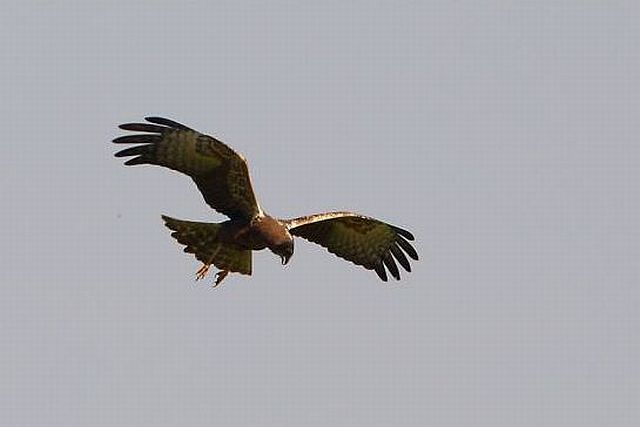
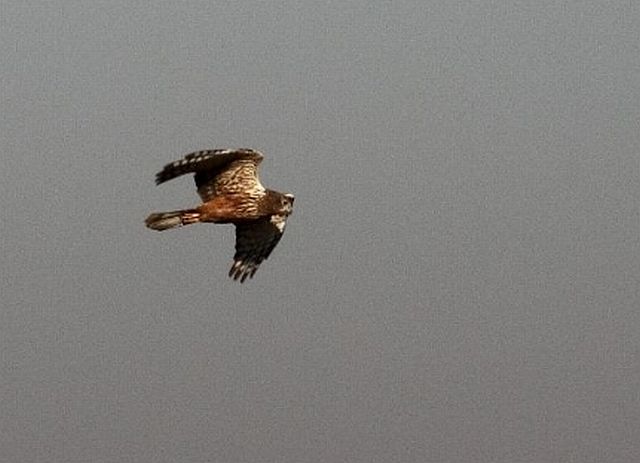

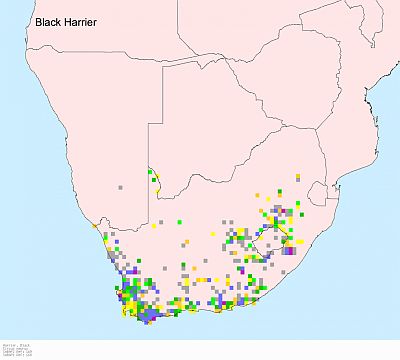
 © nan
© nan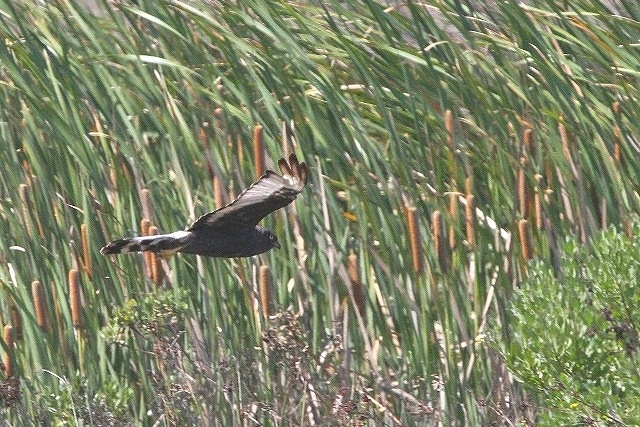 © nan
© nan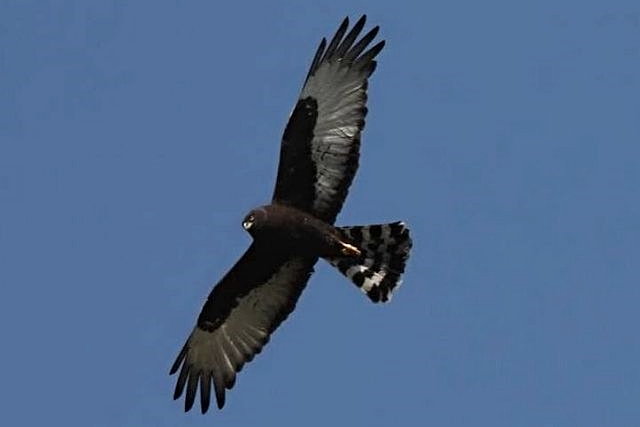 © Lisbeth
© Lisbeth © Tina
© Tina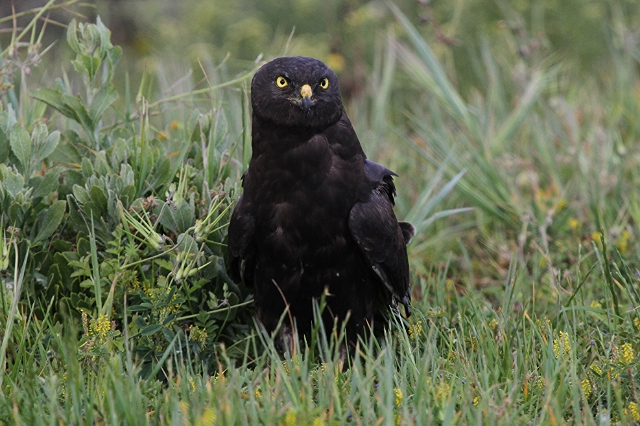 © Tina
© Tina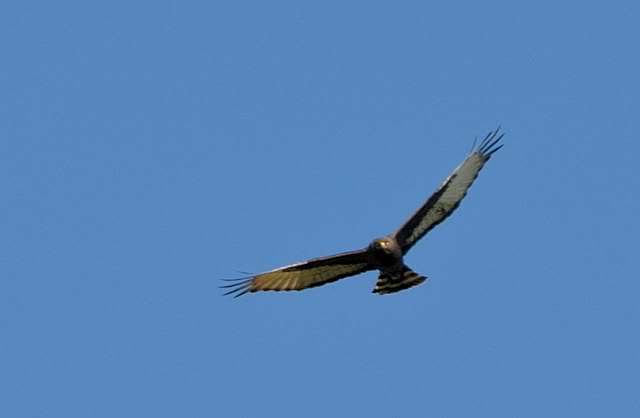 © Dewi
© Dewi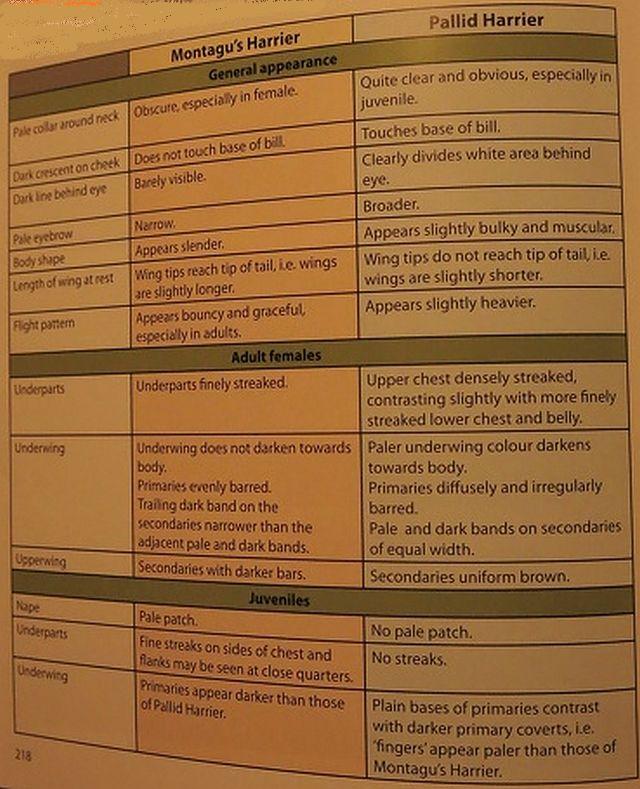
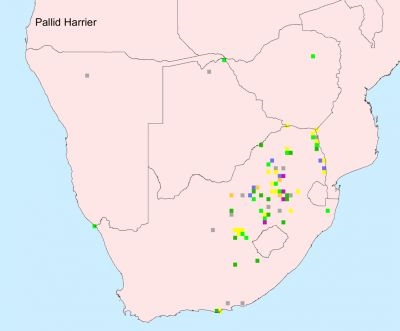

 © nan
© nan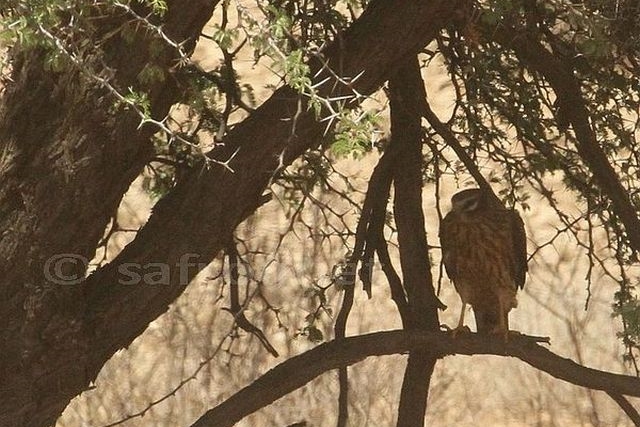 © nan
© nan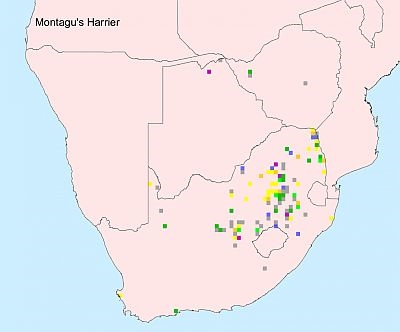
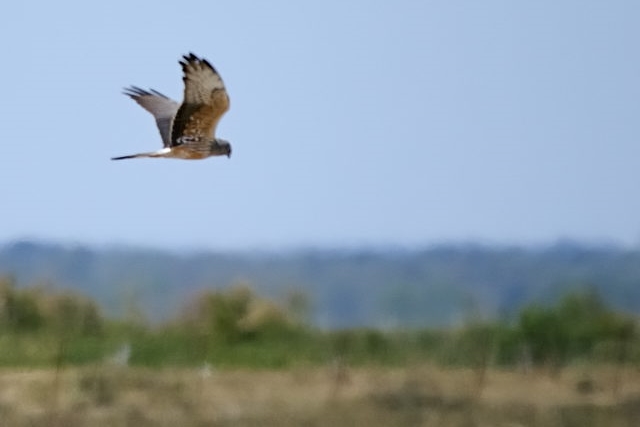
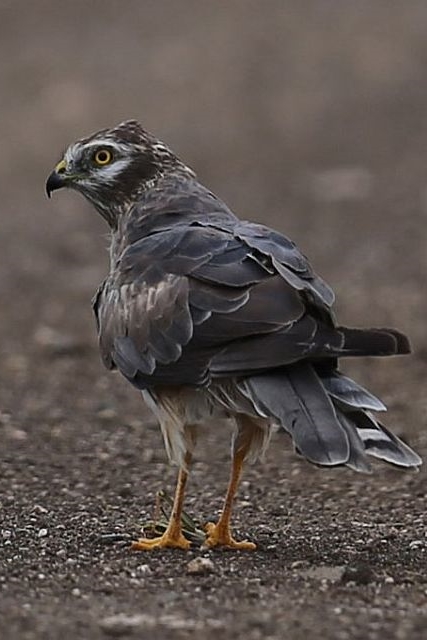 © Pumbaa
© Pumbaa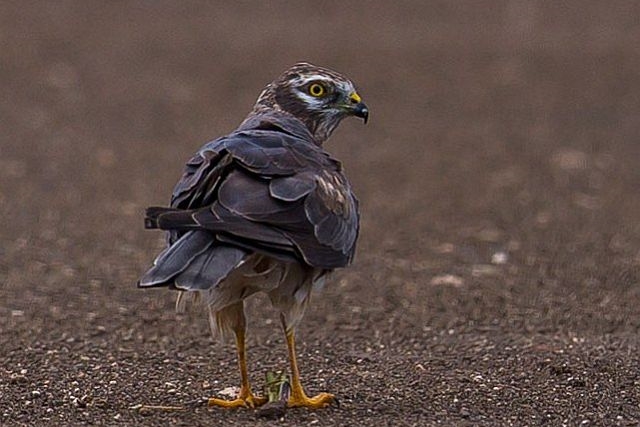 © Pumbaa
© Pumbaa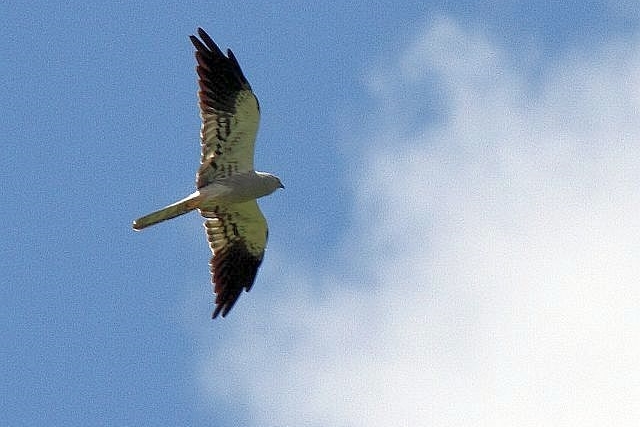 © Duke
© Duke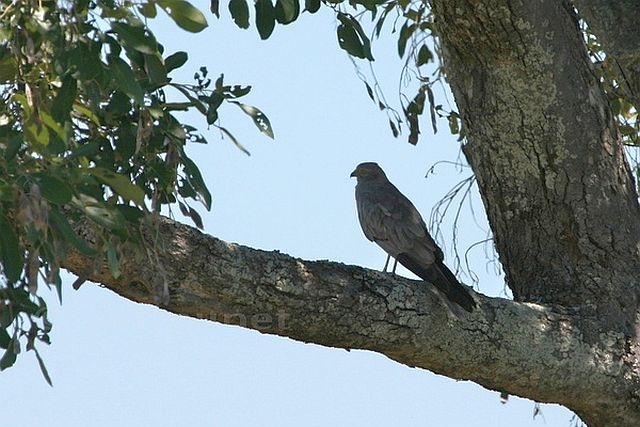 © nan
© nan © Duke
© Duke